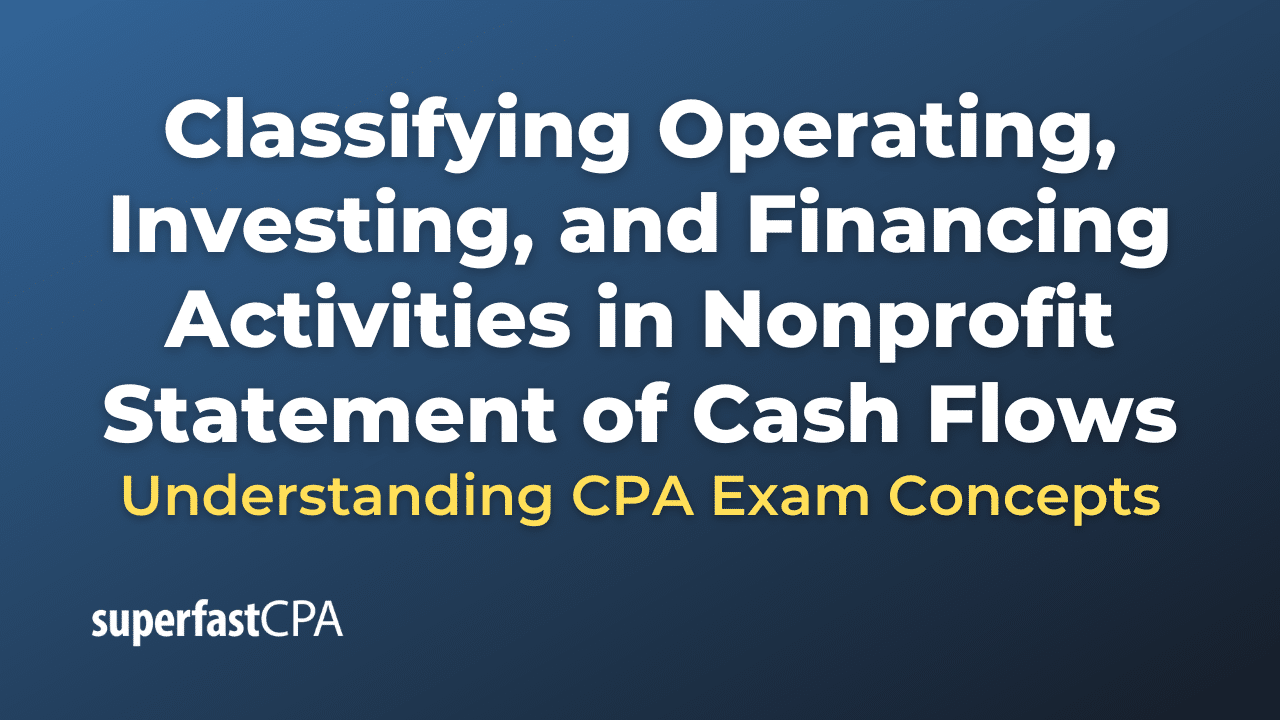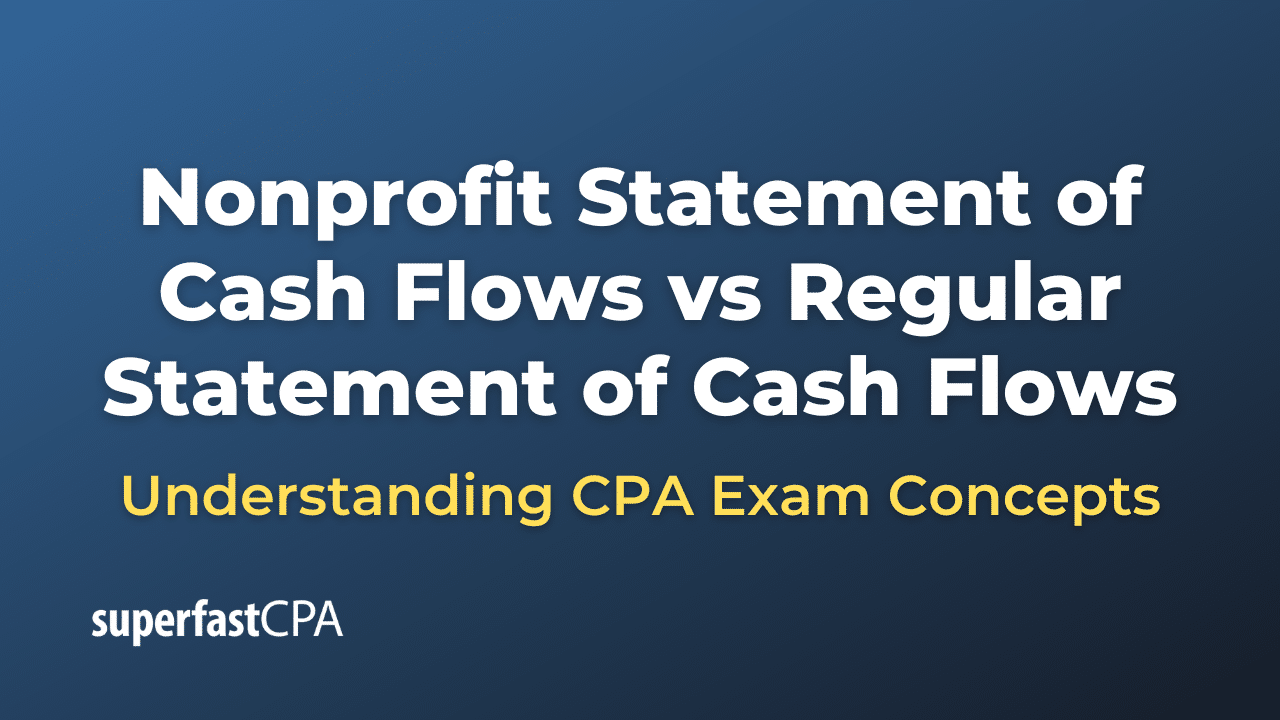Consumed Cost
A consumed cost is an expense that has been used up or exhausted in the course of business operations or production processes. These costs represent the value of resources that have been utilized to generate revenue or complete a specific task, and they are typically recorded as expenses on a company’s income statement.
Consumed costs can include:
- Direct costs: These are costs directly tied to the production of goods or services. Examples include raw materials, labor, and manufacturing supplies. As these resources are used up during the production process, they become consumed costs.
- Indirect costs: These are costs that cannot be directly traced to a specific product or service but are still necessary for business operations. Examples include rent, utilities, and office supplies. As these resources are utilized over time, they also become consumed costs.
- Depreciation and amortization: These represent the allocation of the cost of long-term assets over their useful lives. As a tangible asset (like machinery) or an intangible asset (like a patent) is used over time, its value decreases, and the consumed cost is recorded as depreciation or amortization.
- Operating expenses: These are the costs incurred during the normal course of business operations, such as salaries, marketing expenses, and administrative costs. As these expenses are incurred, they become consumed costs.
Consumed costs are essential for understanding a company’s financial performance, as they represent the resources used to generate revenue. By analyzing consumed costs, management can identify inefficiencies in production processes, allocate resources more effectively, and make informed decisions to improve profitability.
Example of a Consumed Cost
Let’s consider an example of a small bakery, Delicious Bakes, to illustrate the concept of consumed costs:
Delicious Bakes produces and sells a variety of baked goods, including bread, cakes, and cookies. The bakery incurs various costs during its daily operations:
- Direct costs:
- Flour: Delicious Bakes uses 100 pounds of flour daily, which costs $1 per pound, resulting in a consumed cost of $100 for flour each day.
- Eggs: The bakery uses 50 dozen eggs daily, costing $2 per dozen, resulting in a consumed cost of $100 for eggs each day.
- Sugar: Delicious Bakes uses 20 pounds of sugar daily, which costs $1.50 per pound, resulting in a consumed cost of $30 for sugar each day.
- Indirect costs:
- Rent: The bakery pays $3,000 per month for its retail space, resulting in a consumed cost of $100 per day (assuming 30 days per month).
- Utilities: Delicious Bakes incurs $600 per month in utility expenses, resulting in a consumed cost of $20 per day (assuming 30 days per month).
- Depreciation:
- Ovens: The bakery purchased ovens for $12,000, with an estimated useful life of 10 years. This results in an annual depreciation expense of $1,200 ($12,000 / 10 years), and a daily consumed cost of $3.29 (assuming 365 days per year).
- Operating expenses:
- Salaries: Delicious Bakes has five employees, with a total daily salary expense of $500. This represents a consumed cost for labor each day.
In this example, the total consumed cost for Delicious Bakes per day would be:
Direct costs: $100 (flour) + $100 (eggs) + $30 (sugar) = $230
Indirect costs: $100 (rent) + $20 (utilities) = $120
Depreciation: $3.29 (ovens)
Operating expenses: $500 (salaries)
Total consumed cost per day: $230 + $120 + $3.29 + $500 = $853.29
By identifying and analyzing these consumed costs, Delicious Bakes can assess its financial performance, find potential areas for cost savings, and make informed decisions to improve its overall profitability.














